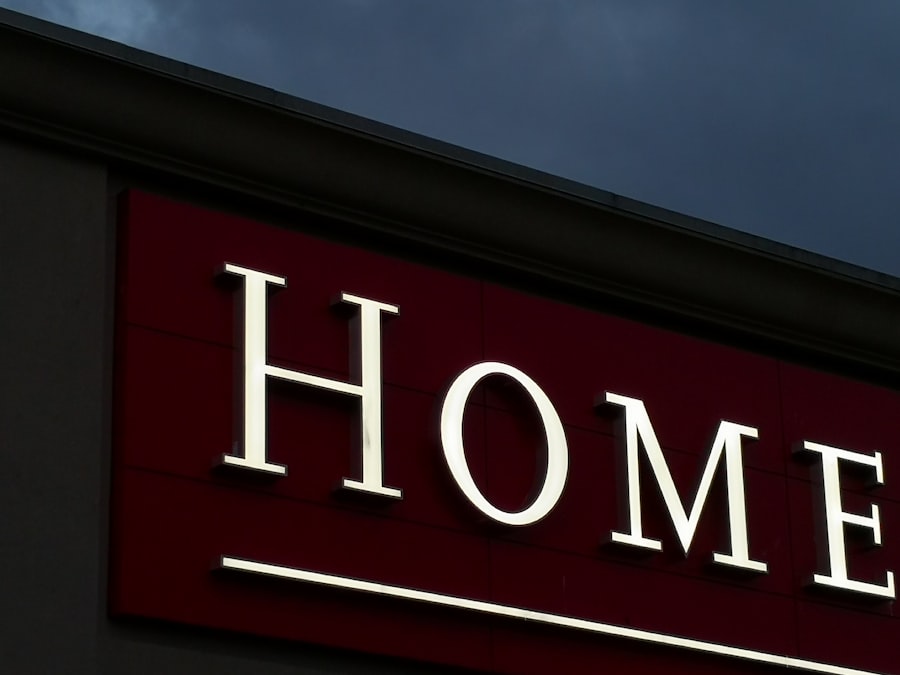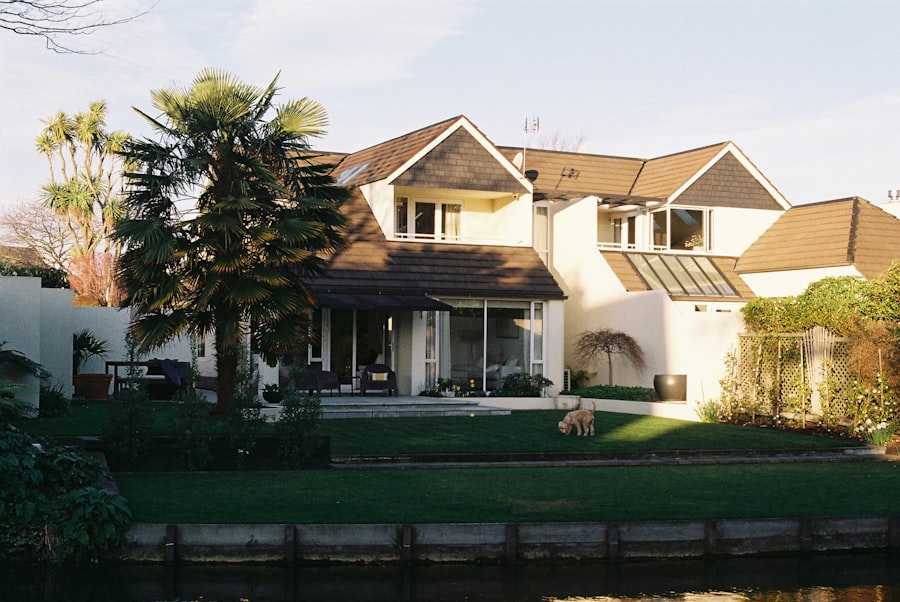Manufactured home insurance is a specialized form of coverage designed to protect homes that are built in a factory and transported to a site for installation. Unlike traditional homeowners insurance, which typically covers site-built homes, manufactured home insurance addresses the unique risks associated with these types of dwellings. This insurance is crucial for homeowners who want to safeguard their investment against various perils, including natural disasters, theft, and liability claims.
The coverage can vary significantly based on the specific needs of the homeowner and the characteristics of the manufactured home itself. One of the primary distinctions of manufactured home insurance is that it often includes provisions for both the structure and personal property within the home. This dual coverage ensures that not only is the physical structure protected from damage due to fire, storms, or vandalism, but also that personal belongings such as furniture, electronics, and clothing are covered in the event of a loss.
Additionally, many policies offer liability protection, which can be invaluable if someone is injured on the property or if the homeowner inadvertently causes damage to someone else’s property. Understanding these components is essential for homeowners to ensure they have adequate protection tailored to their specific circumstances.
Key Takeaways
- Manufactured home insurance coverage is essential for protecting your investment and personal belongings.
- Types of coverage available for manufactured homes include dwelling coverage, personal property coverage, liability coverage, and additional living expenses coverage.
- Factors that affect manufactured home insurance premiums include the location of the home, its age and condition, the chosen coverage limits, and the homeowner’s claims history.
- When finding the right insurance provider for your manufactured home, consider factors such as the company’s reputation, customer service, coverage options, and pricing.
- Regularly reviewing and updating your manufactured home insurance policy is important to ensure that it adequately covers your current needs and the value of your home.
Types of Coverage Available for Manufactured Homes
Manufactured home insurance typically encompasses several types of coverage options that can be customized to meet individual needs. The most common types include dwelling coverage, personal property coverage, liability coverage, and additional living expenses coverage. Dwelling coverage protects the physical structure of the manufactured home itself, including any attached structures like decks or porches.
This coverage is vital for homeowners as it provides financial assistance for repairs or rebuilding in the event of a covered loss. Personal property coverage extends beyond the walls of the home to protect the homeowner’s belongings inside. This can include furniture, appliances, clothing, and other personal items.
Homeowners should take an inventory of their possessions to determine the appropriate amount of coverage needed. Liability coverage is another critical component, offering protection against legal claims resulting from injuries or damages that occur on the property. This can cover legal fees and settlements, providing peace of mind for homeowners who may be concerned about potential lawsuits.
Lastly, additional living expenses coverage can help cover costs associated with temporary housing if the home becomes uninhabitable due to a covered event.
Factors That Affect Manufactured Home Insurance Premiums

Several factors influence the premiums associated with manufactured home insurance, making it essential for homeowners to understand how these elements can impact their costs. One significant factor is the location of the manufactured home. Homes situated in areas prone to natural disasters such as hurricanes, floods, or wildfires may face higher premiums due to the increased risk of damage.
Insurers assess geographical risks when determining rates, so homeowners in high-risk zones should be prepared for potentially elevated costs. Another critical factor is the age and condition of the manufactured home. Older homes may not meet current building codes or safety standards, which can lead to higher premiums due to perceived risks.
Additionally, the materials used in construction and any upgrades or renovations made to the home can also affect rates. Homes equipped with modern safety features such as smoke detectors, security systems, and updated electrical systems may qualify for discounts on premiums. Homeowners should also consider their claims history; those with a record of frequent claims may face higher rates as insurers view them as higher-risk clients.
Tips for Finding the Right Insurance Provider for Your Manufactured Home
| Factors to Consider | Importance |
|---|---|
| Coverage Options | High |
| Cost of Premiums | High |
| Financial Strength of Provider | High |
| Customer Service | High |
| Claims Process | High |
Finding the right insurance provider for a manufactured home requires careful consideration and research. One effective strategy is to seek recommendations from friends, family, or neighbors who own manufactured homes. Personal experiences can provide valuable insights into customer service quality and claims handling processes.
Additionally, online reviews and ratings can help gauge an insurer’s reputation in the market. When evaluating potential insurance providers, it’s crucial to compare quotes from multiple companies. Each insurer may offer different coverage options and premium rates, so obtaining several quotes allows homeowners to make informed decisions based on their budget and coverage needs.
It’s also advisable to inquire about discounts that may be available, such as bundling policies or installing safety features in the home. Finally, reviewing the insurer’s financial stability and claims process is essential; a company with a strong financial rating is more likely to fulfill its obligations in the event of a claim.
Importance of Regularly Reviewing and Updating Your Manufactured Home Insurance Policy
Regularly reviewing and updating a manufactured home insurance policy is vital for ensuring that coverage remains adequate over time. Life changes such as renovations, new purchases, or changes in family size can significantly impact the value of a homeowner’s possessions and the structure itself. Failing to update a policy after such changes can leave homeowners underinsured, exposing them to financial risks in case of a loss.
Moreover, insurance providers may adjust their policies and coverage options over time due to changes in market conditions or regulations. Homeowners should take the initiative to review their policy at least annually or whenever significant changes occur in their lives or homes. This proactive approach allows them to reassess their coverage limits and deductibles, ensuring they have sufficient protection against potential risks while also taking advantage of any new discounts or benefits offered by their insurer.
Common Misconceptions About Manufactured Home Insurance

Despite its importance, there are several misconceptions surrounding manufactured home insurance that can lead to confusion among homeowners. One prevalent myth is that manufactured homes are not insurable or that they are automatically considered high-risk properties. In reality, many insurers offer comprehensive policies specifically designed for manufactured homes, recognizing that these dwellings can be just as safe and valuable as traditional homes when properly maintained.
Another common misconception is that all manufactured home insurance policies are alike. In truth, coverage options can vary widely between providers and policies. Homeowners often assume they have adequate protection without fully understanding their policy’s terms and conditions.
It’s essential for homeowners to read their policies carefully and ask questions about any unclear aspects to ensure they fully comprehend what is covered and what is not.
Steps to Take in the Event of a Manufactured Home Insurance Claim
In the unfortunate event that a manufactured home insurance claim needs to be filed, there are specific steps homeowners should follow to ensure a smooth process. First and foremost, it’s crucial to document the damage thoroughly. This includes taking photographs or videos of affected areas and compiling a list of damaged items along with their estimated values.
This documentation will serve as vital evidence when filing a claim. Next, homeowners should contact their insurance provider as soon as possible to report the incident. Most insurers have specific timelines for reporting claims, so prompt communication is essential.
During this initial contact, homeowners should provide all necessary information regarding the incident and follow any instructions given by their insurer regarding further documentation or assessments needed for processing the claim. Keeping detailed records of all communications with the insurance company will also help streamline the claims process.
Additional Considerations for Protecting Your Manufactured Home Investment
Beyond standard insurance coverage, there are additional considerations homeowners should keep in mind when protecting their manufactured home investment. One important aspect is regular maintenance; ensuring that the home is well-maintained can prevent many issues that could lead to costly repairs or insurance claims down the line. This includes routine inspections of plumbing, electrical systems, roofing, and HVAC systems.
Homeowners should also consider investing in additional protective measures such as security systems or storm shutters if they live in areas prone to severe weather events. These enhancements not only provide peace of mind but may also lead to discounts on insurance premiums due to reduced risk factors associated with theft or storm damage. Furthermore, engaging with local community resources or homeowner associations can provide valuable information on best practices for maintaining manufactured homes and staying informed about local risks that could affect property values and safety.
By understanding these various aspects of manufactured home insurance and taking proactive steps toward protection and maintenance, homeowners can ensure that their investments remain secure while enjoying peace of mind in their living environment.

